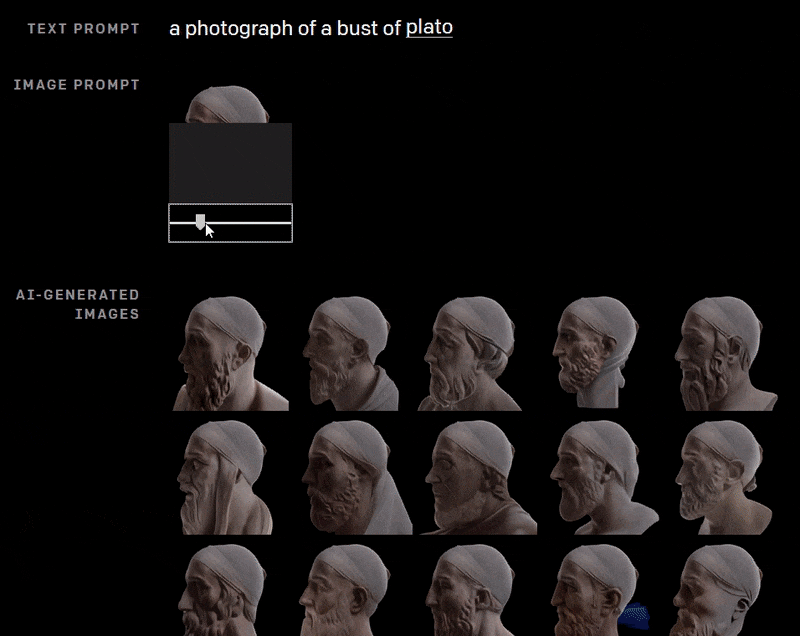10 Best Machine Learning Algorithms (2022) - Unite.AI
Curated from: unite.ai
Ideas, facts & insights covering these topics:
13 ideas
·6.84K reads
50
Explore the World's Best Ideas
Join today and uncover 100+ curated journeys from 50+ topics. Unlock access to our mobile app with extensive features.
Machine Learning Algorithms: The Premise
Though we’re living through a time of extraordinary innovation in GPU-accelerated machine learning, the latest research papers frequently (and prominently) feature algorithms that are decades, in certain cases 70 years old.
Given the extent to which these older algorithms support and are enmeshed in the latest trends and headline-grabbing developments in machine learning, it’s a contestable stance.
So let’s take a look at some of the ‘classic’ building blocks underpinning the latest innovations, as well as some newer entries that are making an early bid for the AI hall of fame.
180
1.13K reads
1. Transformers
In 2017 Google Research led a research collaboration culminating in the paper Attention Is All You Need. The work outlined a novel architecture that promoted attention mechanisms from ‘piping’ in encoder/decoder and recurrent network models to a central transformational technology in their own right.
The approach was dubbed Transformer, and has since become a revolutionary methodology in Natural Language Processing (NLP), powering, amongst many other examples, the autoregressive language model and AI poster-child GPT-3.
180
1.02K reads
The Usage Of Transformers
Transformers captured the public imagination in 2020 with the release of OpenAI’s GPT-3, which boasted a then record-breaking 175 billion parameters. This apparently staggering achievement was eventually overshadowed by later projects, such as the 2021 release of Microsoft’s Megatron-Turing NLG 530B, which (as the name suggests) features over 530 billion parameters.
174
776 reads
2: Generative Adversarial Networks (GANs)
Though transformers have gained extraordinary media coverage through the release and adoption of GPT-3, the Generative Adversarial Network (GAN) has become a recognizable brand in its own right, and may eventually join deepfake as a verb.
The Generator cycles through thousands of images in a dataset, iteratively attempting to reconstruct them. For each attempt, the Discriminator grades the Generator’s work, and sends the Generator back to do better, but without any insight into the way that the previous reconstruction erred.
181
640 reads
The Usage Of GANs
Beside their (actually fairly limited) involvement in popular deepfake videos, image/video-centric GANs have proliferated over the last four years, enthralling researchers and the public alike. Keeping up with the dizzying rate and frequency of new releases is a challenge, though the GitHub repository Awesome GAN Applications aims to provide a comprehensive list.
Generative Adversarial Networks can in theory derive features from any well-framed domain, including text.
173
555 reads
3: Support Vector Machine(SVM)
Originated in 1963, Support Vector Machine (SVM) is a core algorithm that crops up frequently in new research. Under SVM, vectors map the relative disposition of data points in a dataset, while support vectors delineate the boundaries between different groups, features, or traits.
Since support Vector Machines can effectively and agnostically address high-dimensional data of many kinds, they crop up widely across a variety of machine learning sectors, including deepfake detection, image classification, hate speech classification, DNA analysis and population structure prediction.
175
486 reads
4: K-Means Clustering
K-Means Clustering has become the most popular implementation of this approach, shepherding data points into distinctive ‘K Groups’, which may indicate demographic sectors, online communities, or any other possible secret aggregation waiting to be discovered in raw statistical data.
Outside of this application, K-Means Clustering is also employed for landslide prediction, medical image segmentation, image synthesis with GANs, document classification, and city planning, among many other potential and actual uses.
178
399 reads
5: Random Forest
Random Forest is an ensemble learning method that averages the result from an array of decision trees to establish an overall prediction for the outcome.
As with many of the algorithms in this list, Random Forest typically operates as an ‘early’ sorter and filter of data, and as such consistently crops up in new research papers. Some examples of Random Forest usage include Magnetic Resonance Image Synthesis, Bitcoin price prediction, census segmentation, text classification and credit card fraud detection.
178
390 reads
6: Naive Bayes
A naive Bayes classifier is a powerful but relatively lightweight algorithm capable of estimating probabilities based on the calculated features of data.
This level of academic and investigative rigour would be overkill where ‘common sense’ is available but is a valuable standard when traversing the many ambiguities and potentially unrelated correlations that may exist in a machine learning dataset.
Naive Bayes filters are well-represented in disease prediction and document categorization, spam filtering, sentiment classification, recommender systems, and fraud detection.
178
340 reads
7: K- Nearest Neighbors (KNN)
K-Nearest Neighbors (KNN) is a lean algorithm that still features prominently across academic papers and private sector machine learning research initiatives.
KNN has been called ‘the lazy learner’, since it exhaustively scans a dataset in order to evaluate the relationships between data points, rather than requiring the training of a full-fledged machine learning model.
KNN has been used for online signature verification, image classification, text mining, crop prediction, and facial recognition, besides other applications and incorporations.
177
300 reads
8: Markov Decision Process (MDP)
The Markov Decision Process (MDP) is one of the most basic blocks of reinforcement learning architectures. A conceptual algorithm in its own right, it has been adapted into a great number of other algorithms, and recurs frequently in the current crop of AI/ML research.
MDP explores a data environment by using its evaluation of its current state (i.e. ‘where’ it is in the data) to decide which node of the data to explore next.
Besides its obvious applicability to chess and other strictly sequential games, MDP is also a natural contender for the procedural training of robotics systems.
177
255 reads
9: Term Frequency-Inverse Document Frequency
Term Frequency (TF) divides the number of times a word appears in a document by the total number of words in that document. Thus the word seal appearing once in a thousand-word article has a term frequency of 0.001. By itself, TF is largely useless as an indicator of term importance, due to the fact that meaningless articles (such as a, and, the, and it) predominate.
TF-IDF is a powerful and popular method for initial filtering passes in Natural Language Processing frameworks.
175
256 reads
10: Stochastic Gradient Descent
Stochastic Gradient Descent (SGD) is an increasingly popular method for optimizing the training of machine learning models.
Gradient Descent itself is a method of optimizing and subsequently quantifying the improvement that a model is making during training.
SGD has become the most popular optimization algorithm for fitting neural networks. One configuration of SGD that is becoming dominant in new AI/ML research papers is the choice of the Adaptive Moment Estimation (ADAM, introduced in 2015) optimizer.
177
286 reads
IDEAS CURATED BY
CURATOR'S NOTE
The Math Of Machine Learning
“
Vincent Robin's ideas are part of this journey:
Learn more about computerscience with this collection
The differences between Web 2.0 and Web 3.0
The future of the internet
Understanding the potential of Web 3.0
Related collections
Similar ideas
14 ideas
5 ideas
The Tactics of Deepfake Creators
trajectorymatrix.substack.com
Read & Learn
20x Faster
without
deepstash
with
deepstash
with
deepstash
Personalized microlearning
—
100+ Learning Journeys
—
Access to 200,000+ ideas
—
Access to the mobile app
—
Unlimited idea saving
—
—
Unlimited history
—
—
Unlimited listening to ideas
—
—
Downloading & offline access
—
—
Supercharge your mind with one idea per day
Enter your email and spend 1 minute every day to learn something new.
I agree to receive email updates












